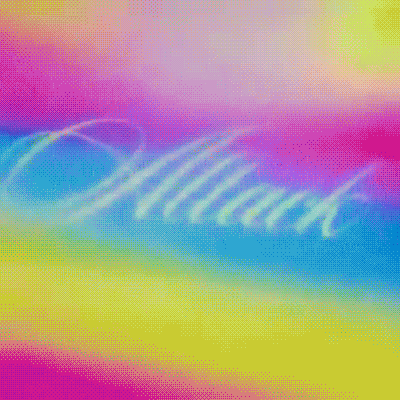
Several months ago I was invited to participate in an exhibition at the Peninsula School of Art in Fish Creek, WI. The theme of the show was combining digital and traditional processes. (PSoA focuses heavily on traditional media, so this was quite new territory for them.) So I put together a proposal to provide some lenticular prints of my landscape cinemagraphs.
I originally planned on getting the prints made by my friends over at GifPop! who have made them for me in the past. But of course… the months went by and soon I realized that if I wanted the prints to get to Wisconsin in time, I would have to figure out how to make them myself. Oh shit! 😓
Even though I was sort of freaking out, I did a bit of research and realized it really wouldn’t be that hard, nor that expensive. So I dove in!
First, I purchased some 40LPI lenses from Amazon. These come with the adhesion film on the back. There are a few other sizes and lens density options for purchase. Also, it comes with a few extra samples and a squeegee for when you adhere it to a print.
Next, I had to install SuperFlip!, an OLD but effective application for interlacing images for lenticular lenses. It has to be run on Windows, so I used it on Parallels. It outputs a TIF image.
Here’s the thing, the geometry behind how lenticular lenses work is pretty basic. It should be an easy enough task for someone to make a Photoshop script for this process. I didn’t have time to fuck around so I just used what was at my immediate disposal.
Printing
The tutorials that VueThru provides are great, but your mileage may vary. I had to tinker with my printer for a while until I could get the resolution to be acceptable. I found 200DPI to be acceptable, especially if I was only working with <5 frames.
For instance if you have a 10-frame interlaced image, you’re going to need a professional grade printer to get 600+ DPI. I did get a successful 10-frame lenticular from my consumer grade printer, but it would have turned out a lot bolder and crisper if the resolution were better.
Adhering
Not much to say about this, just be steady. Your calibration has to be perfect, and you need to make sure you don’t wind up with any air bubbles. I accidentally got a huge air bubble in one of mine, but with enough squeegeeing and popping it with an exacto blade, it did go away. It’s a lot like applying a vinyl decal. I think it would be helpful to have access to a cold laminator to quickly get rid of any adhesion imperfections.
Trimming
I used an exacto blade to trim down the 8” x 10” lenses down to about 7.75” x 7.75” squares. I had to score it several times before the excess broke off, but when it did come off, it was a very crisp cut. I sanded the corners for a very small border radius.
I didn’t take any process shots of the cinemagraphs, I was in a hurry the whole time! But I made a few more prints with the extra lenses I had when I was done with the others.
I can’t wait to do another set of DIY lenticular prints. I used to think of this process as luxurious, expensive, and highly specialized. This is a rare example of how procrastinating turned out to be a positive experience. 😝